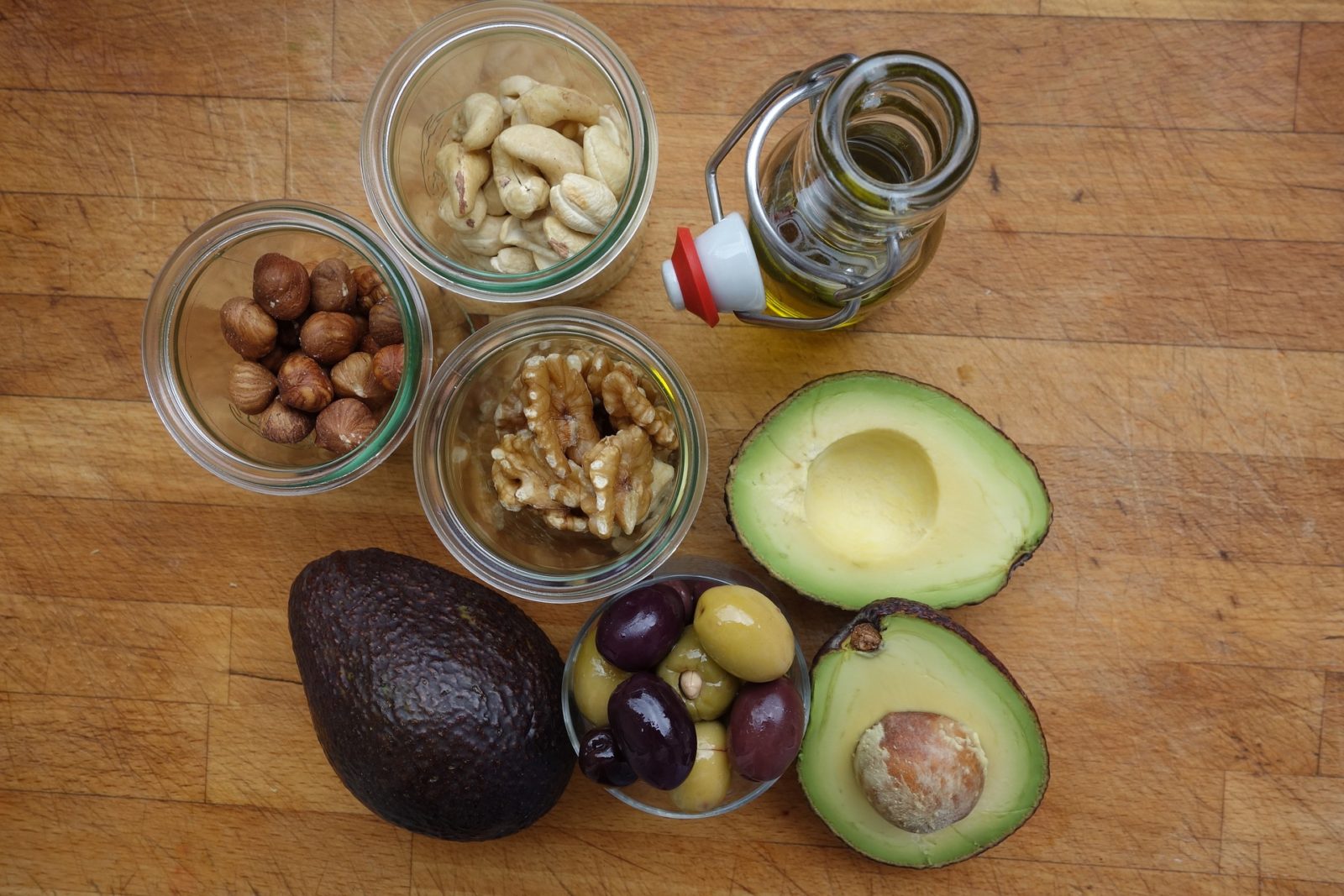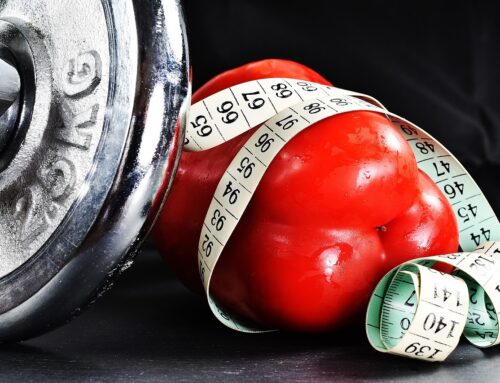Implementing essential nutritional fat facts that can help you boost your energy, combat and recover from illness, and assist with weight management.
Of course, if you have special needs that go beyond the scope of general recommendations of organizations like the National Institute of Health, it may be beneficial to seek the advice of a registered dietician.
Fat Fact #1 Eat more.
You may be surprised to hear that many people need to add more food to their diet. Yes, I said more; a lot more fresh vegetables and fresh fruit. (smile) At least half of our plates should be full of colorful vegetables. Vegetables should be eaten daily, not just a few times per week. You will release excess fat by eating more fruits and vegetables.
Fat Fact #2 Fat is not bad.
You need fat to live; that is, good fat.  Heart-healthy unsaturated fats found in a Mediterranean diet like cold-water fish, avocados, olives and, plant-based oils like olive oil and peanut oil, nuts and seeds are tasty and healthy. Portion sizes are important because fats do contain a lot of calories.
Heart-healthy unsaturated fats found in a Mediterranean diet like cold-water fish, avocados, olives and, plant-based oils like olive oil and peanut oil, nuts and seeds are tasty and healthy. Portion sizes are important because fats do contain a lot of calories.
Additionally, vitamins A, D, E, and K are all fat-soluble vitamins that are obtained by eating healthy fats. At the same time, reducing trans fats along with sodium found in fast food, hydrogenated oils, deep-fried foods, cakes and cookie, these nutrients can reduce bad cholesterol (LDL cholesterol) while increasing good cholesterol (HDL), reduce the risk of type 2 diabetes, heart attacks, and strokes. They also combat inflammation, are good for the skin, strengthens bones, and help the blot to clot.
Fat is needed for energy, brain function, insulation to keep the body warm, and the protection of vital organs. Further, as you age, there should be a slight increase in your percentage of body fat. If you have a healthy percentage of body fat at 18 years of age, you will likely be heavier at 50 years old, but can be in the proper range for your age and considered very healthy.
Fat Fact #3 BMI is different from Body Fat.
Lastly, keep in mind, that there is a difference between BMI (body mass index) and your percentage of body fat. BMI is a general formula comprised of your weight and height, which indicates whether you are at a healthy weight. BMI is a widely used indicator that although it can provide helpful information, it has its flaws. BMI does not take into account how much of your weight is bone, and lean muscle. A larger boned or muscular person may be categorized as overweight or obese in error.
Unlike BMI, body fat takes other factors besides weight and height into consideration. The least expensive and most convenient method is the tape measure circumference measurement. The circumference is measured at various sites, like hips, waist, wrist, and neck.
Skinfold calipers look like mini pinchers and measures at 3 or 7 parts of the body including hips waist, tricep, and thigh. Both of these methods have a margin of human error that can be a high as 5%. The Bioelectrical Impedance Analysis (BIA) is built into many digital scales today and have just as high inaccuracy rate depending on the device.
Other methods like hydrostatic weighing and dual-energy x-ray absorptiometry (DXM) are more accurate but not as readily available and they are costly.
You can have flavorful food and fun is a fun fat fact.






Leave A Comment